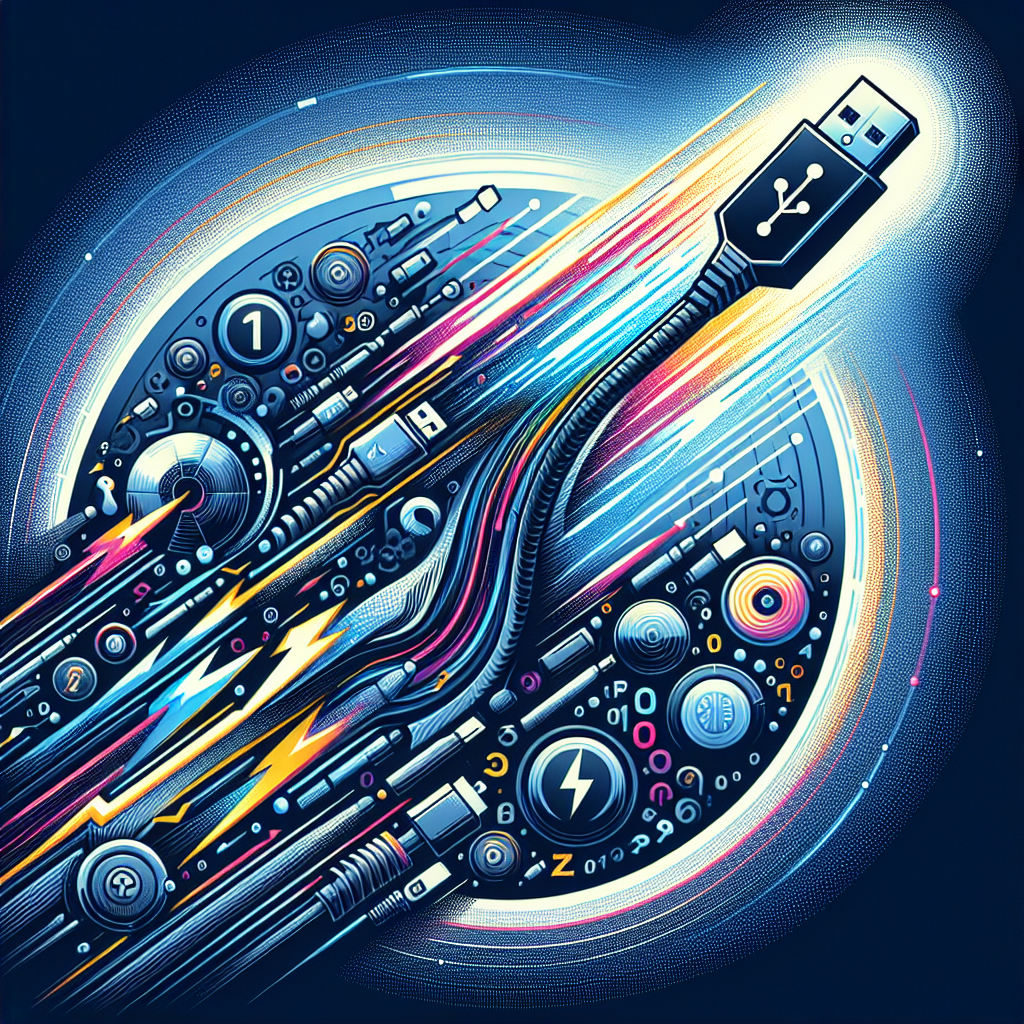Fix today. Protect forever.
Secure your devices with the #1 malware removal and protection software
The introduction of USB 3.0 technology has revolutionized the way we transfer data and connect devices. With its faster transfer speeds and improved connectivity, USB 3.0 has become the go-to standard for many industries and consumers alike.
One of the key features of USB 3.0 is its impressive data transfer speeds. With a theoretical maximum transfer rate of 5 Gbps, USB 3.0 is up to 10 times faster than its predecessor, USB 2.0. This means that large files can be transferred in a fraction of the time it would take with a USB 2.0 connection, making tasks such as backing up data or transferring large media files much quicker and more efficient.
In addition to its speed, USB 3.0 also offers improved connectivity. The new standard includes a dual-bus architecture, which allows for simultaneous data transfer in both directions. This means that devices connected via USB 3.0 can send and receive data at the same time, improving overall performance and efficiency.
Another key feature of USB 3.0 is its increased power output. USB 3.0 ports are capable of delivering up to 900 mA of power, compared to the 500 mA limit of USB 2.0 ports. This means that USB 3.0 devices can be charged more quickly and efficiently, making them ideal for powering smartphones, tablets, and other portable devices.
Overall, USB 3.0 has had a significant impact on the way we transfer data and connect devices. Its faster transfer speeds, improved connectivity, and increased power output make it a versatile and reliable option for a wide range of applications. Whether you’re backing up important files, transferring media, or charging your devices, USB 3.0 is sure to make the process faster and more efficient.
Fix today. Protect forever.
Secure your devices with the #1 malware removal and protection software

Leave a Reply
You must be logged in to post a comment.